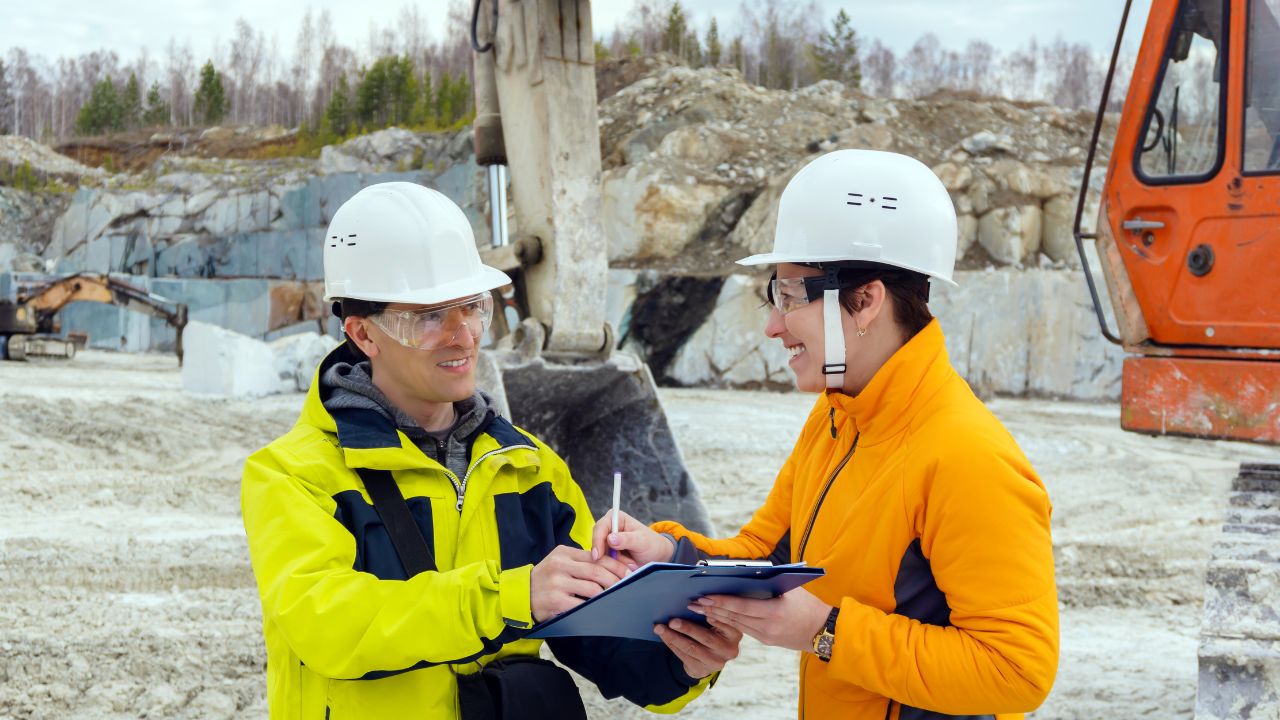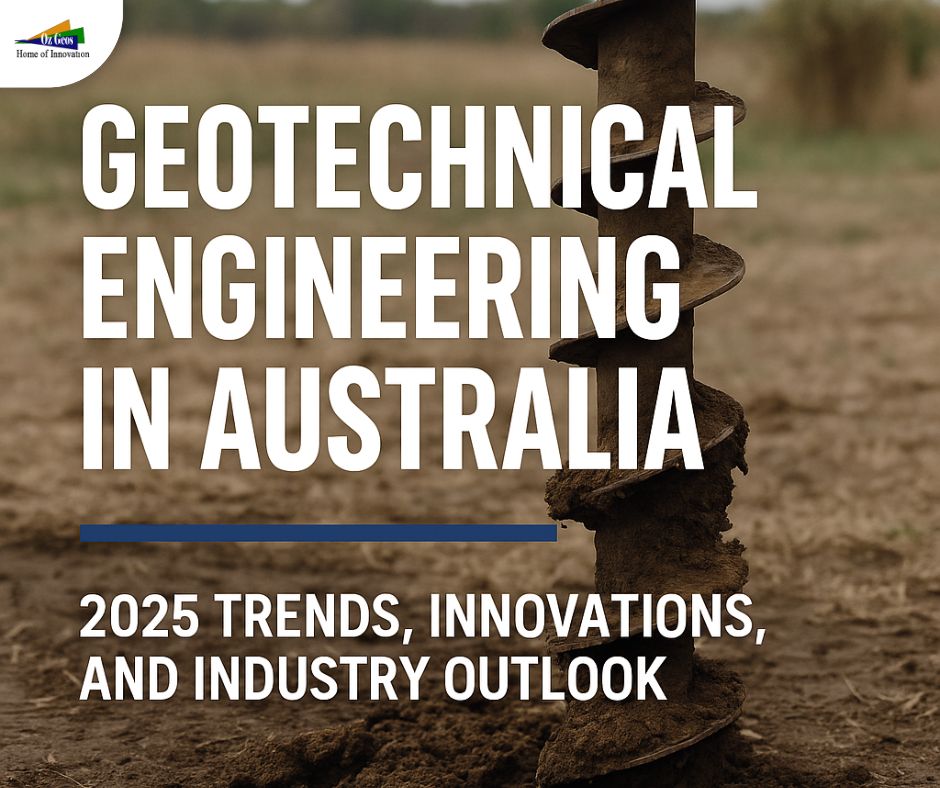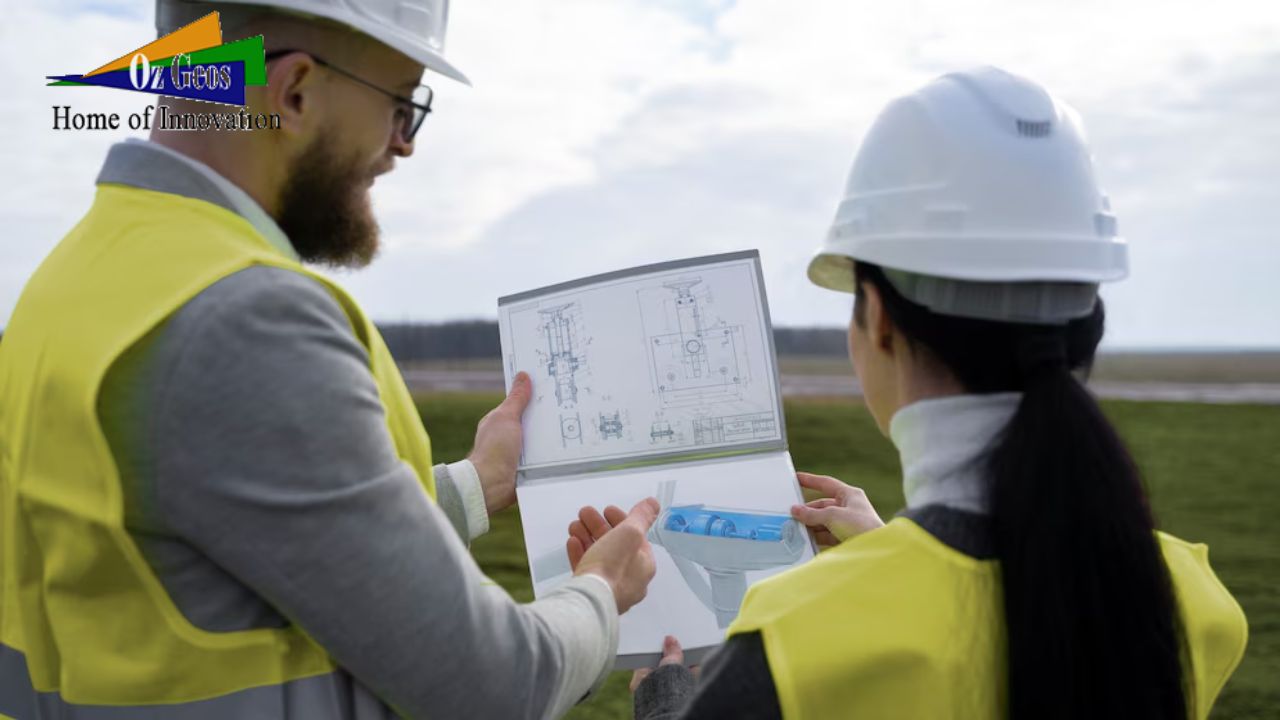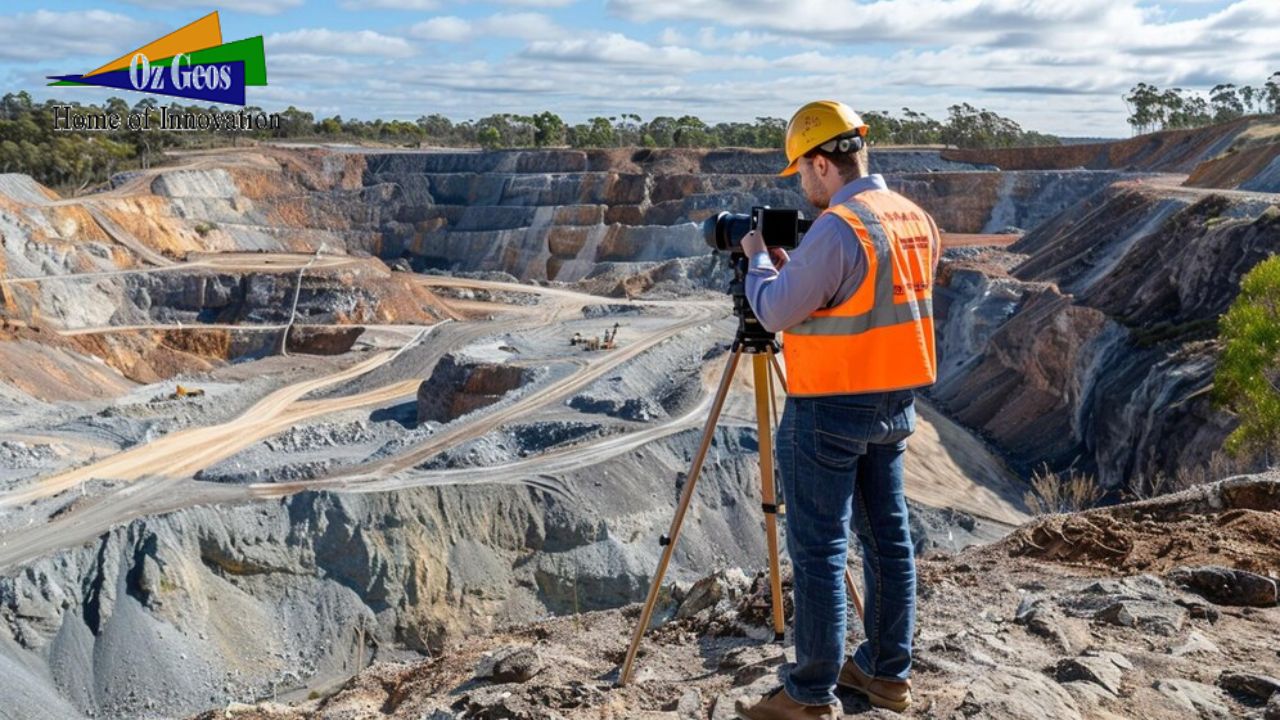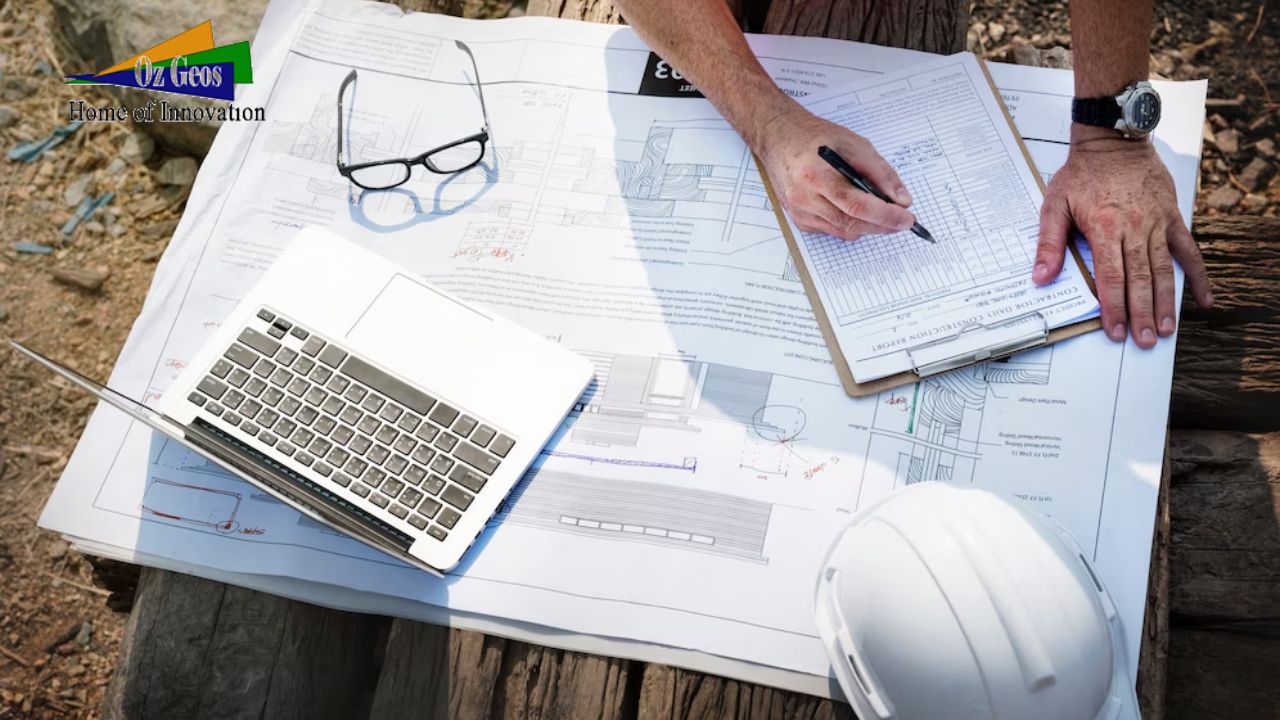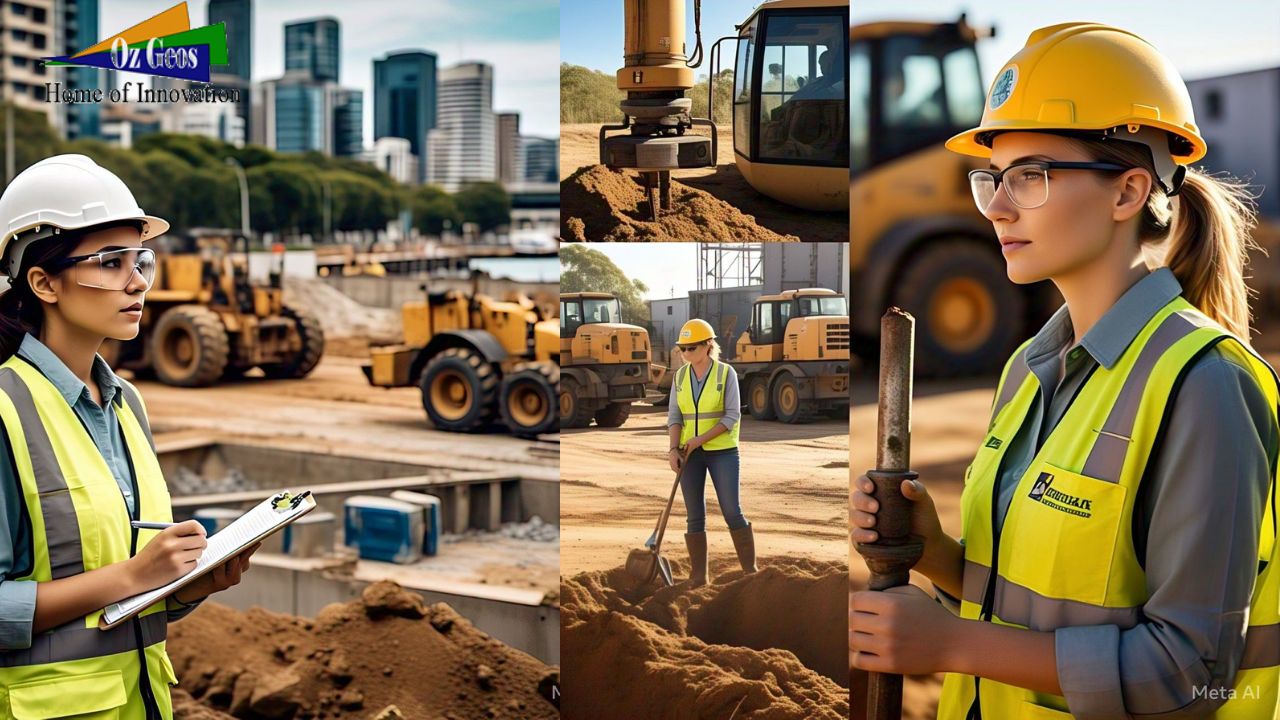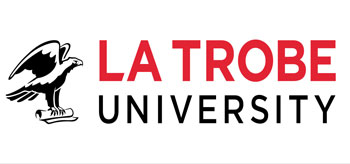Unveiling the Importance of Geotechnical Testing in Melbourne: A Comprehensive Overview
Geotechnical testing forms the bedrock of successful construction and infrastructure projects. In Melbourne, where the geological landscape is as diverse as the city itself, understanding the ground conditions is paramount. This article delves into the intricacies of geotechnical testing, emphasizing its importance in Melbourne’s construction sector.
I. Introduction
A. Brief explanation of geotechnical testing
Geotechnical testing involves assessing the physical properties of soil, rocks, and subsurface conditions. It’s a crucial step in ensuring the stability and safety of construction projects.
B. Significance of geotechnical testing in construction and infrastructure projects
In the ever-evolving skyline of Melbourne, geotechnical testing plays a pivotal role in determining foundation design, slope stability, and pavement evaluation.
C. Focus on Melbourne’s unique geological characteristics
Melbourne’s geological diversity, ranging from coastal areas to inland regions, adds complexity to construction. Geotechnical testing adapts to these nuances, providing tailored solutions.
II. Types of Geotechnical Testing
A. Overview of common geotechnical tests
- Soil testing
- Rock Testing
- Geophysical testing
B. Importance of each type in understanding subsurface conditions
Understanding the composition and behavior of soil and rock through testing is fundamental to anticipating challenges during construction.
III. Geotechnical Testing Procedures
A. In-situ testing methods
- Cone Penetration Test (CPT)
- Standard Penetration Test (SPT)
B. Laboratory testing techniques
- Grain size analysis
- Atterberg limits testing
- Triaxial testing for soil strength
IV. Applications in Construction
A. Foundation design and construction
Geotechnical testing guides engineers in designing robust foundations tailored to Melbourne’s specific geological conditions.
B. Slope stability analysis
The hilly terrain in parts of Melbourne demands meticulous slope stability analysis, where geotechnical testing proves invaluable.
C. Pavement design and evaluation
In urban planning, geotechnical testing aids in designing resilient pavements that withstand the city’s diverse traffic conditions.
V. Challenges and Considerations
A. Melbourne-specific geological challenges
Certain areas in Melbourne face challenges like reactive clay soil, demanding precise geotechnical assessments to overcome potential issues.
B. Environmental considerations in geotechnical testing
Sustainability is paramount. Melbourne’s commitment to the environment is reflected in geotechnical testing methods that prioritize minimal ecological impact.
VI. Role in Risk Mitigation
A. How geotechnical testing helps in identifying potential hazards
By revealing subsurface conditions, geotechnical testing provides a roadmap to identify and mitigate risks associated with ground conditions.
B. Mitigating risks associated with ground conditions
Through comprehensive testing, construction projects can adapt and implement strategies to minimize risks associated with the ground.
VII. Technological Advancements in Geotechnical Testing
A. Integration of digital technologies
Melbourne embraces technological advancements, with digital tools enhancing the precision and efficiency of geotechnical testing.
B. Remote sensing and geospatial applications in testing
Incorporating satellite data and geospatial analysis elevates the accuracy of geotechnical assessments, especially in large-scale projects.
VIII. Case Studies
A. Showcase of successful projects in Melbourne
Highlighting real cases where geotechnical testing contributed to project success, such as the Melbourne Metro Tunnel construction, showcasing the role of companies like Melbourne Geotechnical Services.
B. Lessons learned and best practices
Learning from past projects is vital. Insights from successful cases inform best practices for future construction endeavors.
IX. Regulatory Framework
A. Overview of local regulations about geotechnical testing
Navigating the regulatory landscape is crucial. Melbourne’s construction sector adheres to stringent standards, ensuring the safety and reliability of structures.
B. Compliance requirements for construction and development projects
Understanding and complying with regulations is essential, with regulatory bodies like the Victorian Building Authority overseeing construction practices.
X. Future Trends in Geotechnical Testing
A. Emerging technologies and methodologies
Melbourne’s forward-thinking construction sector adopts cutting-edge technologies, with the use of drones and advanced sensors on the horizon.
B. Anticipated advancements in the field
As Melbourne continues to evolve, geotechnical testing will witness advancements, enhancing its precision and applicability.
XI. Conclusion
A. Recap of the importance of geotechnical testing in Melbourne
In a city where each square meter tells a geological story, geotechnical testing emerges as the narrative thread that ensures structural integrity.
B. Call to action for stakeholders to prioritize geotechnical assessments in construction projects.
For a resilient Melbourne, stakeholders must recognize the integral role of geotechnical testing in building a sustainable and secure future.

